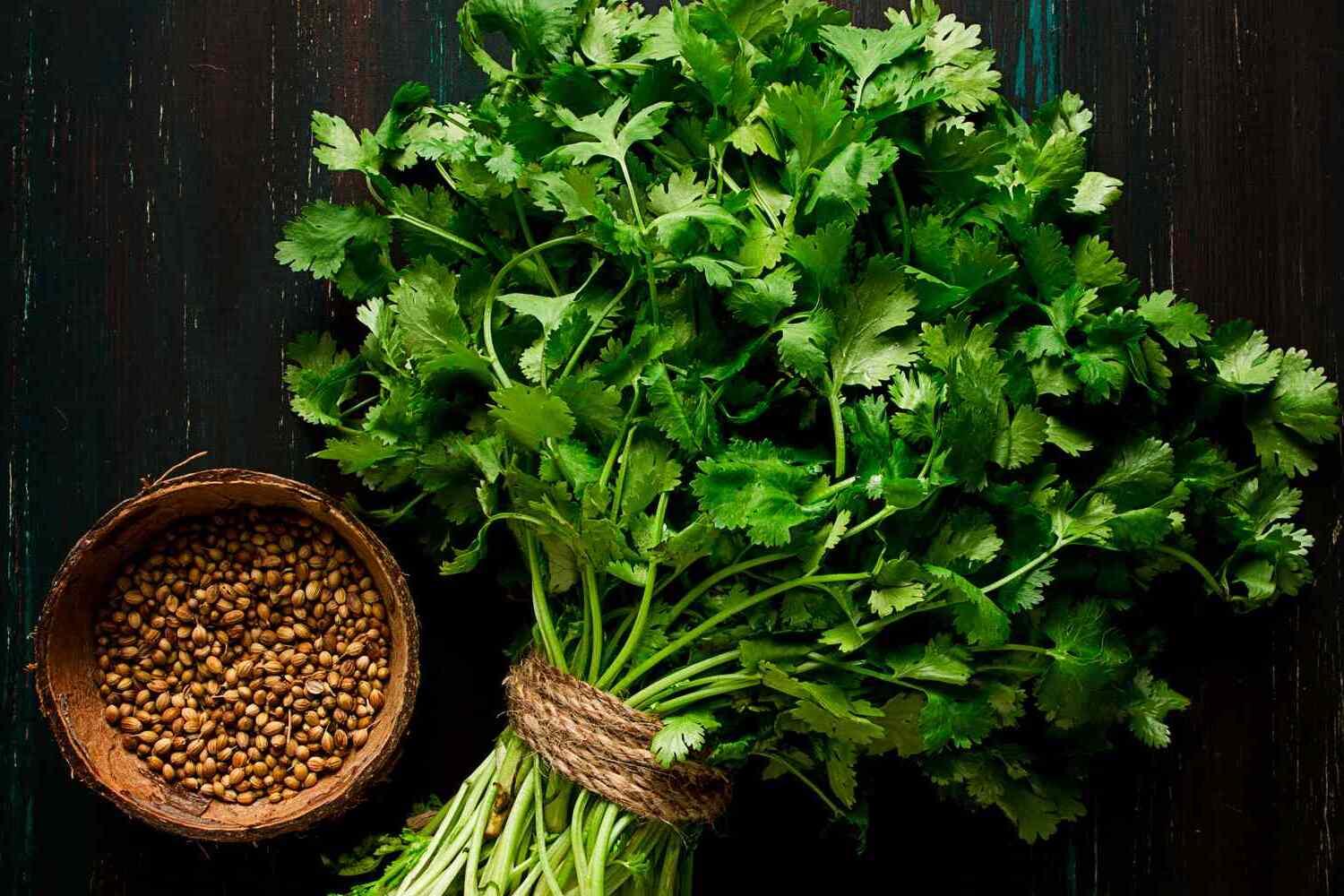
Cilantro is one of those herbs that people either love or hate. Its bright, citrusy flavor can elevate dishes, but some folks think it tastes like soap. Why? Genetics play a role in how cilantro tastes to different people. This herb, also known as coriander in some parts of the world, has been used in cooking for thousands of years. It's packed with vitamins and minerals, making it not just tasty but also nutritious. Whether you sprinkle it on tacos, mix it into salsa, or use it in a marinade, cilantro adds a fresh touch. Ready to learn more? Here are 23 facts about cilantro that might surprise you!
What is Cilantro?
Cilantro, also known as coriander in some parts of the world, is a popular herb used in various cuisines. Its unique flavor and aroma make it a favorite among chefs and home cooks alike. Here are some fascinating facts about cilantro.
- Cilantro is the leafy part of the coriander plant, while the seeds are known as coriander seeds.
- The herb belongs to the Apiaceae family, which includes carrots, celery, and parsley.
- Cilantro has been used in cooking for over 5,000 years, dating back to ancient Egypt.
- The name "cilantro" comes from the Spanish word for coriander.
- Cilantro is a staple in Mexican, Indian, and Southeast Asian cuisines.
Nutritional Benefits
Cilantro isn't just tasty; it's also packed with nutrients. Let's explore some of the health benefits this herb offers.
- Cilantro is rich in vitamins A, C, and K.
- It contains antioxidants that help fight free radicals in the body.
- The herb is a good source of dietary fiber, which aids in digestion.
- Cilantro has been shown to have anti-inflammatory properties.
- It can help lower blood sugar levels, making it beneficial for people with diabetes.
Cilantro and Genetics
Not everyone loves cilantro. Some people find its taste soapy. This aversion is actually linked to genetics.
- About 10% of the population has a genetic variation that makes cilantro taste like soap.
- This genetic trait is more common in people of European descent.
- The soapy taste is due to aldehyde chemicals found in cilantro, which are also present in soap.
Culinary Uses
Cilantro's versatility in the kitchen is unmatched. It can be used in a variety of dishes and cuisines.
- Fresh cilantro leaves are often used as a garnish in soups, salads, and tacos.
- The herb pairs well with lime, making it a key ingredient in guacamole.
- Cilantro is commonly used in chutneys and sauces in Indian cuisine.
- The stems of cilantro are also edible and can be used in cooking for added flavor.
- Cilantro can be blended into smoothies for a fresh, herbal twist.
Growing Cilantro
Interested in growing your own cilantro? It's easier than you might think.
- Cilantro grows best in cool weather and can be planted in early spring or fall.
- The herb prefers well-drained soil and plenty of sunlight.
- Cilantro can be grown in pots, making it suitable for small spaces and urban gardens.
- The plant tends to bolt (flower and go to seed) in hot weather, so it's best to harvest it early.
- Cilantro can be grown from seeds or transplants, but seeds are generally more successful.
Cilantro is a fascinating herb with a rich history, numerous health benefits, and a wide range of culinary uses. Whether you love it or find it soapy, there's no denying its impact on global cuisine.
The Final Scoop on Cilantro
Cilantro's got a lot more going on than meets the eye. From its ancient roots in the Mediterranean to its widespread use in kitchens worldwide, this herb packs a punch. Some folks love its fresh, citrusy flavor, while others can't stand its soapy taste. It's not just about taste, though. Cilantro's loaded with vitamins, minerals, and antioxidants that can boost health. Whether you're tossing it in a salsa, blending it into a smoothie, or using it as a garnish, cilantro adds a unique touch to any dish. So next time you see those bright green leaves at the store, you'll know there's a whole lot of history and health benefits behind them. Give cilantro a try and see how it can spice up your meals and maybe even your well-being.
Was this page helpful?
Our commitment to delivering trustworthy and engaging content is at the heart of what we do. Each fact on our site is contributed by real users like you, bringing a wealth of diverse insights and information. To ensure the highest standards of accuracy and reliability, our dedicated editors meticulously review each submission. This process guarantees that the facts we share are not only fascinating but also credible. Trust in our commitment to quality and authenticity as you explore and learn with us.


